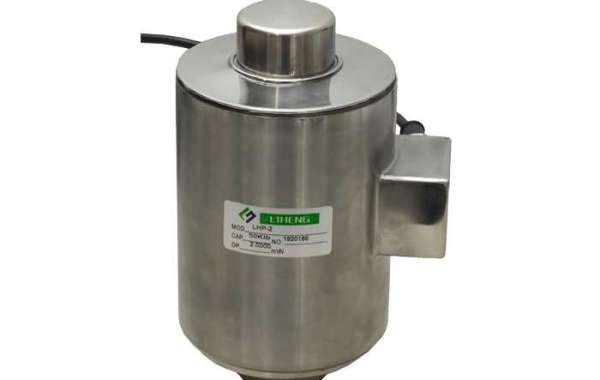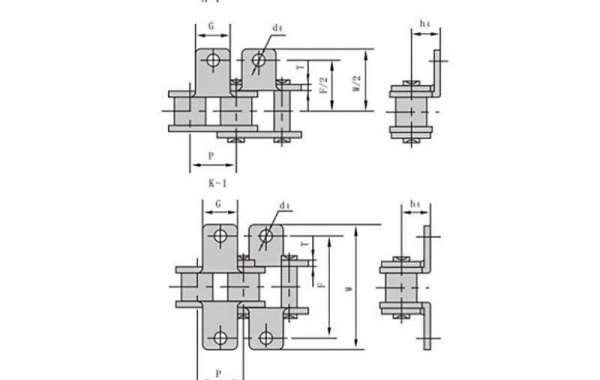Load Cell Development History
Before strain gauge load cells became a common weighing method in industrial weighing, mechanical lever scales were commonly used. Mechanical scales can weigh everything from pills to train cars, and when properly calibrated and maintained, can guarantee sufficient accuracy and reliability. It works by using a weight-balancing mechanism or by detecting the force generated by a mechanical lever. The earliest pre-strain gauge load cells included both hydraulic and pneumatic designs. In 1843, British physicist Sir Charles Wheatstone invented a bridge circuit that could measure resistance. The Wheatstone bridge circuit is ideal for measuring resistance changes in strain gages. Although the first stick-on resistance wire strain gages were developed as early as the 1940s, it was not until the boom in modern electronics that the technology became technically and economically viable. Since then, strain gauges have been widely used in mechanical scales and stand-alone load cells.
How the load cell works
The design of load cells can be differentiated by the type of output signal generated (pneumatic, hydraulic, electrical) or the method of weight detection (bending beam, shear beam, pressure, tension, etc.).
A hydraulic load cell is a force balancing device that measures weight through changes in the pressure of the liquid-filled inside. In rolling diaphragm hydraulic load cells, the load or force acting on the accumulator is transferred to the piston, which in turn compresses the fill liquid enclosed in the elastic diaphragm cavity. The greater the force, the greater the pressure of the hydraulic fluid. This pressure value can be indicated locally or sent to other locations for remote indication or control. The output has a linear characteristic and is relatively insensitive to the volume and temperature of the filling liquid. If the load cells are properly installed and calibrated, they can be accurate to within 0.25% of full scale and are suitable for most process weighing applications. Since this sensor uses no electrical components, it is ideal for use in hazardous areas. Typical hydraulic load cell applications include tank, box and hopper weighing. For the highest accuracy, a load cell should be placed at each support point of the tank, and the total weight of the tank should be obtained by summing the outputs of these sensors. Learn more about load cell installation methods
Pneumatic load cells also utilize the force balance principle. These devices employ multiple damping chambers to achieve greater precision than hydraulic devices. In some designs, the first damping chamber acts as a tare chamber. Pneumatic load cells are often used in industries where cleanliness and safety are critical and measure relatively small weights. Insensitivity to temperature changes and inherent explosion-proof capability are two major advantages of this type of load cell. In addition, even if the diaphragm ruptures, the liquid in it will not cause contamination. The downside is that it is relatively slow to respond and requires clean, dry conditioned air or nitrogen.
A strain gauge load cell converts the load acting on it into an electrical signal. Strain gauges are bonded to beams or structural members that deform when loaded. In most cases, the highest sensitivity and temperature compensation is obtained using four strain gages. Typically two strain gages are used to measure tension and the other two are used to measure pressure, and these gages are connected to each other for compensation adjustment (as shown in Figure 7-2). When loaded, the stress-induced change in gage resistance is proportional to the load. As the accuracy of strain gauge load cells continues to improve and the unit cost continues to decline, other load cells are gradually withdrawing from the stage of history.
Huzhou Liheng Electronic Technology Co., Ltd. is a load cell manufacturer with a variety of products such as column load cells. Welcome to our official website.








